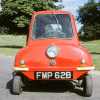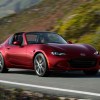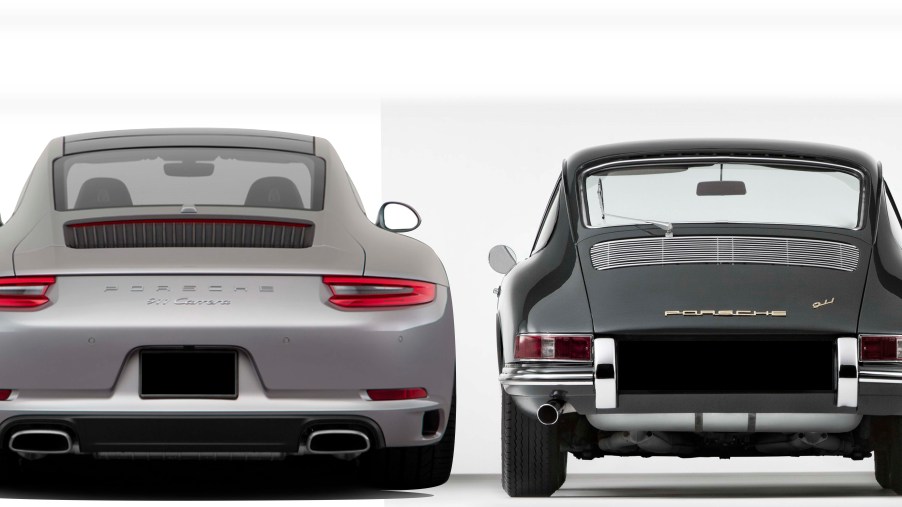
How the Porsche 911 Has Grown Since 1963
We all love the Porsche 911. From its heritage and gorgeous looks to its performance. Even Ferrari enthusiasts will admit that the 911 is a worthy sports car with a racing legacy as rich as Maranello’s finest. But Porsche has a problem, and that problem is bloat.
We noticed it especially coming up on two generations of 911s at a stoplight, side-by-side. The early, original version on one side, and the current 911 on the other. You could see it before your eyes. Even though we know Porsche specs inside and out, it was a bit disappointing to see what we saw.
Big and Wide
The current generation of Porsche 911s is big and wide. It’s the elephant in the room that no one mentions much. You could almost say the new Porsches are bloated.
Now, don’t get us wrong, we adore the 911 and its variants. And to us, the styling and handling are some of the best out on the highways and byways of the world. But man, is it big next to its earlier version.
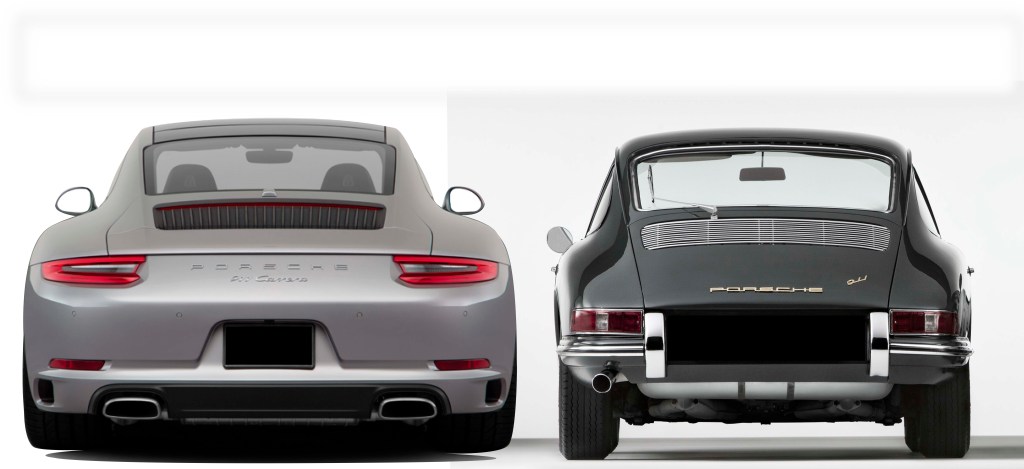
To show the differences we whipped up some infographics to show the differences, something we never thought of until that fateful day pulling up behind those two Porsches. The first one is essentially what we saw-the two cars side-by-side. Do you see it? We sure did.
Next, we scaled the images of the first-gen and current 911 and then laid them over each other.
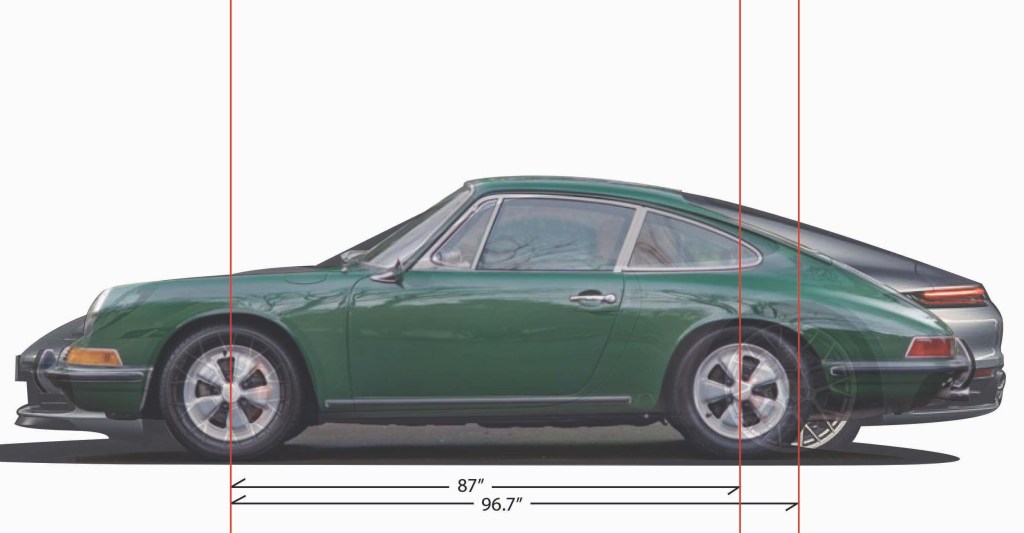
As you can see from the side both cars have the same overall height. But the wheelbases and front and rear overhangs are very much increased on the new 911. Surprisingly so when you see it like this.
Packaging emissions components, air conditioning, radiators, crumple zones and much more have resulted in the enlargement of the coupe.
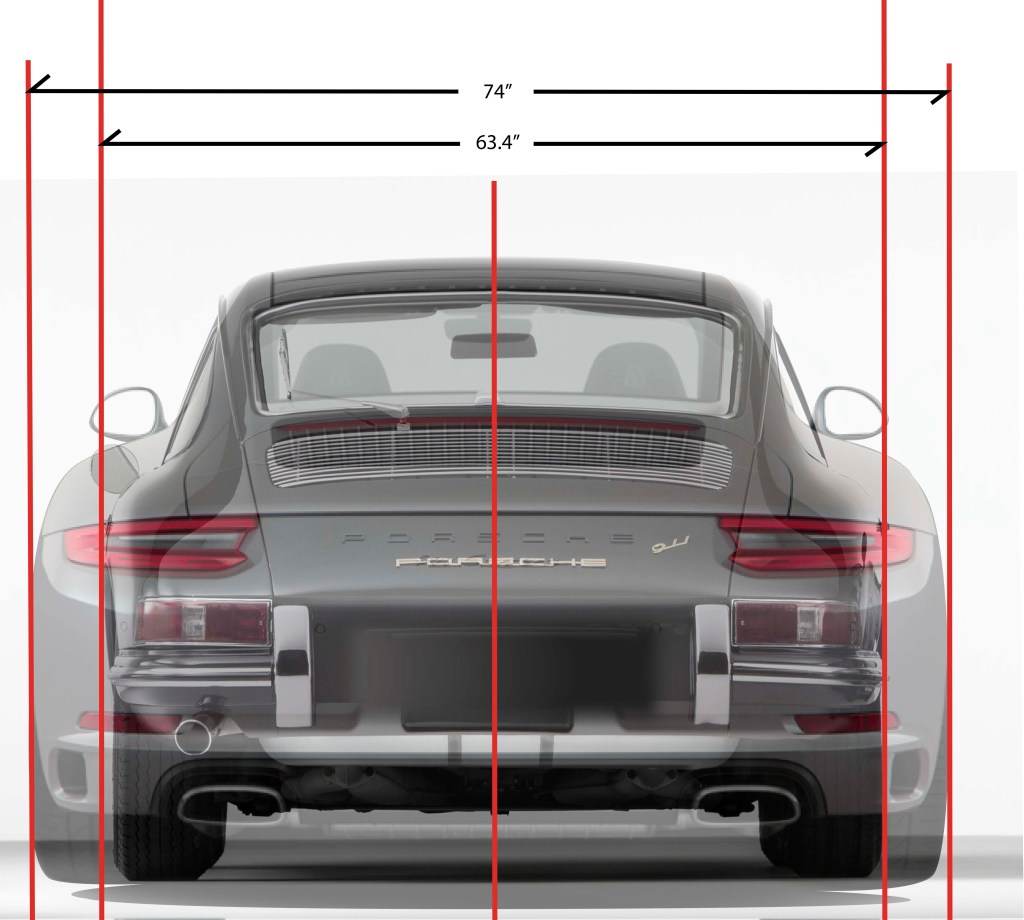
We did the same thing for the rear view. Overall width for both versions is to scale. The original 911 was 63+ inches, while the current version is either 71+ or 74+ inches wide, depending on the body package.
911 Weight Increased Substantially
As one would expect weight has also increased substantially, from 2,341 lbs to 3,682 lbs. Again, between packaging more components and most all of those components increasing in size, the more of something there is, the more that something will probably weigh.
We would prefer to fling around the first-gen on a track, as the lighter and smaller cars tend to be more fun to maneuver on racetracks. Of course, there is no traction control and less balance with the original, especially with all of the engine weight hanging out over the rear wheel centerline.
Those original Porsches have a fair amount of understeer until oversteer comes on almost unexpectedly. Then you’re into a spin or a hay bale. The new 911 is much more balanced so you don’t fear that fine line of understeer/oversteer.
Where’s the Charm With Bloat?
But both the charm and appeal of the original Porsches was the power combined with the light weight, and that is now lost.
We do have a solution. There should be two 911 Porsches in your garage; an original and a new model. This way you get the advantages of both.
